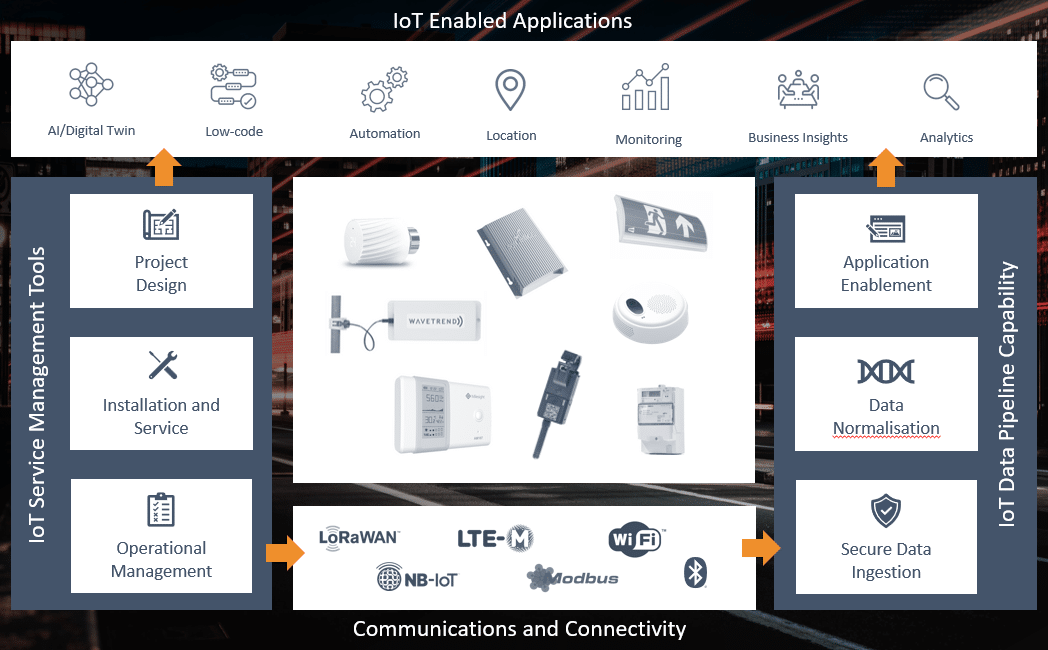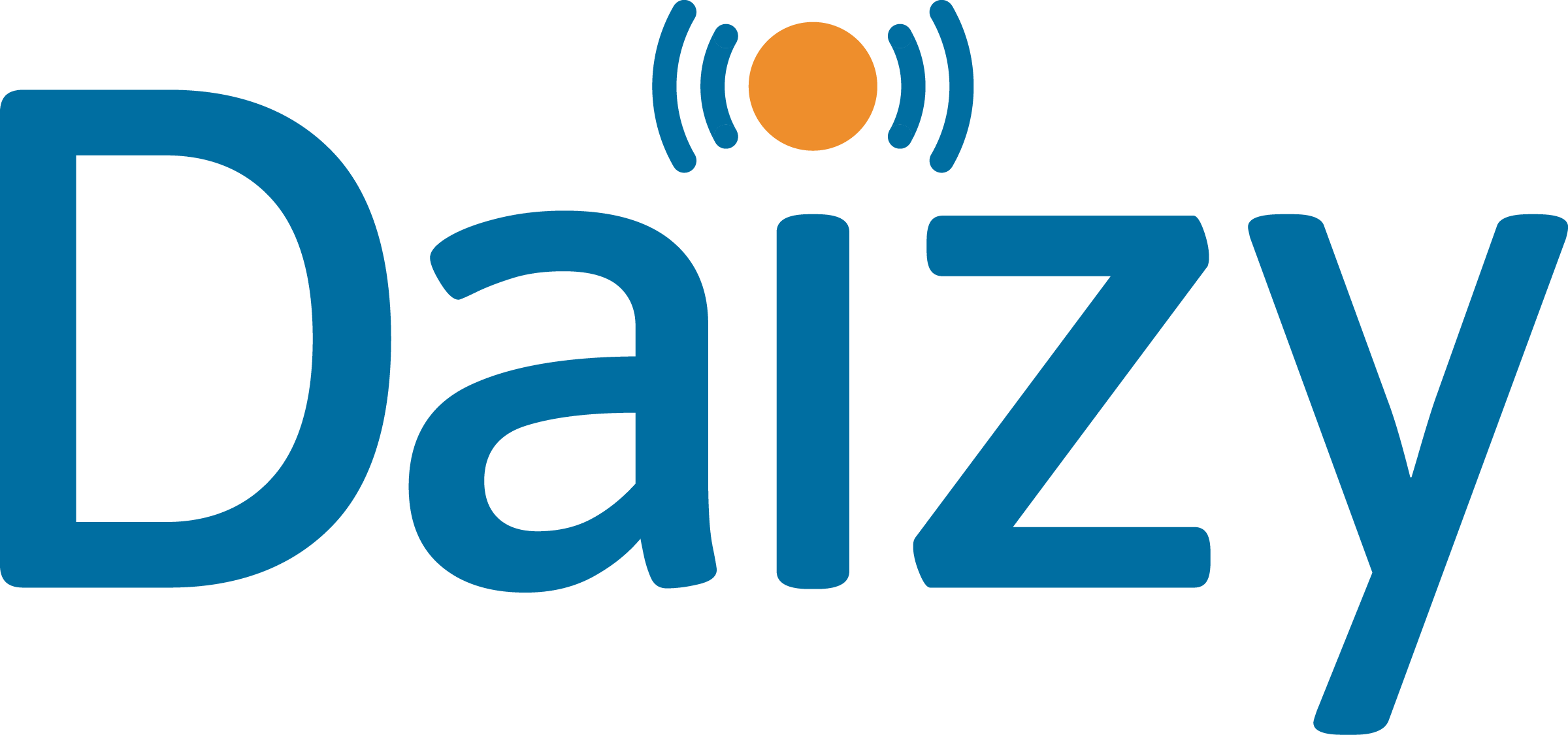As the adoption of IoT in the enterprise accelerates, so do the demands on the associated people, tools and processes.
If your organisation is at the start of your IoT journey – perhaps you’ve installed a few hundred devices – you may not yet have experienced the pain that is just around the corner. Conversely, if you’re already running deployments in the thousands, tens of thousands or even hundreds of thousands you will be all too aware.
Whether you’re in the early stages of an IoT project, already operating a large base of IoT devices and applications, or looking to make a build or buy decision on critical elements of your solution, now is a great time to consider whether your IoT stack will be up to the job of operating IoT at massive scale.

Martin Saberton
VP Growth
The challenges of operating IoT at scale
In broad terms, the challenges of operating IoT at scale involve navigating the practicalities of delivery today, while futureproofing your investment. Let’s take a look at these in more detail:
The practicalities of delivery and in-life solution management
Whether it’s running on-site installations or troubleshooting device connectivity, the service management tools and processes available to your operational teams can make or break an IoT deployment.
With the focus often on the end-application, service management is an area often overlooked until project delays arise or gaps in data start appearing. Here are some common pitfalls – we’ll look at how to avoid these later.
Installation by
spreadsheet
Many organisations are reliant on field engineers logging device details in a spreadsheet as they conduct installation activities.
This might work fine for a few hundred devices, but at scale, error rates increase and can be extremely costly.
An absence of proactive fault diagnosis
Where IoT data is pushed directly into applications or visualisation tools, the first time anyone notices an issue is when a gap appears in the output.
A lack of access to device status or battery health insight means service management teams are hamstrung by a reactive approach to keep the data flowing.
Limited subscription
oversight
With new devices being installed or replaced all the time and at scale, the absence of clear, up-to-date information about which devices are still active means that you may be paying for network subscriptions that you are no longer using.
Devices and data all
over the place
Implementations often start with a single use-case, based on a single device and application. The addition of a second use-case often introduces a separate hardware and software stack, with separate fault diagnosis, data feeds and applications.
The result is increased cost through duplication of software infrastructure, and inefficiencies through swivel chair service management.
Delivering today, building for tomorrow
Focusing on short term delivery goals can risk generating technical debt and create the need for wholesale refactoring in the future. The alternative is to inflate the scope by building in flexibility to accommodate a myriad of future requirements. As we’ll discuss shortly, at Daizy we believe that it’s possible to have your cake and eat it. But what are the future requirements that should be taken into consideration? Here are just a few challenges to watch out for:

Lack of AI readiness
There is a huge buzz around AI and IoT right now, and rightly so. Unfortunately, many of today’s solutions are focused on consuming data directly in their own applications, and often into data stores that are ‘locked away’ from external systems. To be effective, AI and digital twins require highly contextualised data. For example, the location of the sensor or what asset it is attached to.
Single device dependency
Many solution providers are building their initial stack based on a device made by a specific manufacturer. While this might simplify the initial project, it can present significant challenges when scale might lead to device supply chain or price point issues. It might also create issues when looking to add new use-cases, which often require different hardware or connectivity.
A scalable, futureproofed approach
While the challenges in the previous section may seem trivial when deploying small numbers of devices, at scale they can quickly paralyse delivery, or inhibit commercial growth – many of our customers have turned to Daizy because they’ve hit a technical roadblock, and that’s why we’ve developed a fool-proof strategy that works with almost any IoT implementation.
Here are three requirements you should factor in to your IoT strategy. We’ve based these on years of experience in helping Solution Providers design and deploy IoT solutions.
- Ensure wide interoperability across your IoT architecture
Avoid single vendor lock-in for devices and connectivity, and take an industry standard ‘integration first’ approach to software architecture, ready to unlock the power of AI . - Implement a standard approach to service delivery
Many solution providers operate a single service management suite to manage their IT infrastructure – IoT should be no different. Look to standardise on purpose built IoT tools such as mobile apps for installation, automated configuration, high visibility device management and in-life monitoring tools. - Focus your internal efforts on customer value
The customer is ultimately interested in outcomes, not technology. They want to see a return on their investment, and that’s where applications and domain expertise are most the most valuable differentiators. By using ‘off the shelf’ tools, internal specialists can focus on delivering outcomes for the customer, not maintaining home-grown tools for service delivery.
A flexible toolset
At Daizy, we’ve been through the growth and evolution of the IoT market, and we understand that there isn’t a one size fits all solution to IoT tooling. Some of our customers are looking for a platform to take care of the end-to-end IoT architecture, while others need solutions to plug specific gaps in their existing capabilities. That’s why we’ve designed the Daizy toolset in a way that fits with your way of working – just use the tools that you need:


